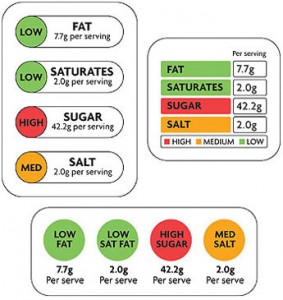Equal-opportunity product placement: Splenda
The creativity of marketers never ceases to amaze. Johnson & Johnson, maker of the artificial sweetener, Splenda, has a product-placement partnership with Harlem Heights, the BET reality show aimed at the black hip and fabulous. As the New York Times puts it, the partnership is about integration – this time of products into the daily business of cast members. The Times quotes BET’s vice-president for integrated marketing: “You need to…understand exactly where some of the natural, organic places for integrations are, so things don’t feel staged.”
At last, a new meaning to the idea of integration!




